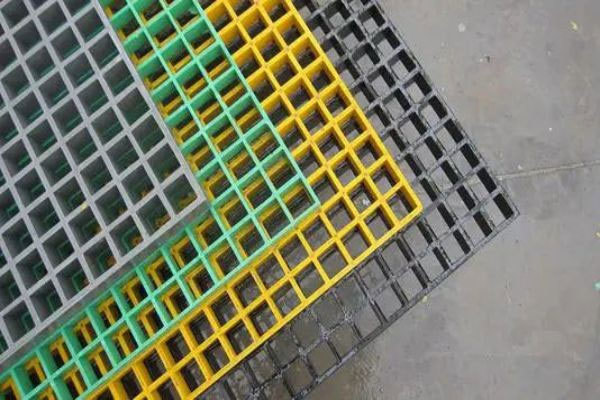
News
Surface treatment of fiberglass mold
Release time:2019-05-14
The quality of molded fiberglass products is not only related to the overall technical quality of factory workers, but also to the quality and service life of the molds. The domestically produced fiberglass molds are structurally good and can be compared to other industrialized countries. However, the surface quality of fiberglass molds is generally poor. Apart from defects in domestic mold resins and tool equipment for mold preparation, most domestic manufacturers do not place as much emphasis on the production of master molds and the treatment of mold surface finish as foreign factories. The smoothness of fiberglass products depends on the smoothness of fiberglass molds. Therefore, for high-grade fiberglass products both domestically and internationally, the surface treatment of fiberglass molds is precise and precise. Fiberglass molds are the mother of the product. By putting more effort into fiberglass molds, better results can be achieved in fiberglass products in the future.
The introduction of surface treatment technology for fiberglass molds is as follows.
1、 New and old mold refurbishment:
1. Water grinding - When refurbishing a new or old mold, the first step is to use sandpaper for water grinding. When grinding, the starting point of the sandpaper should be high, usually starting from the 600 mark. Some users, in order to improve work efficiency, start with even thicker sandpaper under the 400 mark. As shown in the picture, it is not surprising that the coarse sand marks made by the sandpaper will not be removed by fine sandpaper no matter how it is sanded; After the 600, it is necessary to gradually move forward with the 800, 1000, 1200, 1500 (or even 2000) numbers, which cannot be spared. Moreover, it is necessary to work meticulously and be willing to put in a lot of effort and effort, without any chance of opportunism.
2. Polishing - First, apply an appropriate amount of coarse polishing agent to the surface of the mold, and use an electric polishing machine to polish it. When polishing, place the wool disc flat on the surface of the mold, and start the polishing machine to operate in a circular spiral shape. Throw it one by one without missing it. The main workload is coarse polishing, so generally, coarse polishing should be done at least twice until the mold is smooth. After the rough polishing is completed, replace it with a new wool disc, and then use a fine polishing agent for fine polishing. Repeat the above operation. The coarse and fine polishing agents cannot use the same wool disc, and it is best to use one polishing machine each.
3. Cleaning the mold - The cleaning process involves removing any remaining polishing agent or oil from the surface of the mold, so that the subsequent sealing agent and release agent (wax) can be firmly attached to the mold. The cleaning water is usually wiped twice. First, the cleaning water is wiped on the surface of the mold with a gauze and then wiped dry. Then, a layer of cleaning water is applied to allow it to evaporate completely dry (about half an hour), and then wiped with a clean dry cloth until it becomes bright.
4. Sealing mold - For fiberglass products that require a medium finish, it is generally sufficient to polish them with No. 3 polishing agent. However, after only polishing the surface of the mold, there are still many invisible micro holes. Therefore, for fiberglass products that require high precision, these micro holes must be sealed off, which will further improve the accuracy of fiberglass products. The specific method is to evenly apply the sealing agent to the mold surface with gauze, let it dry thoroughly (about 30-60 minutes), and then wipe it with a clean dry cloth until it becomes bright. If it is a new mold, it needs to be sealed four times. If it is a refurbished old mold, it can be sealed twice.
5. Demolding - Choose different demolding agents based on the thickness of the produced fiberglass products. For cast fiberglass sanitary ware or
 jim@frpcomposites.cn
jim@frpcomposites.cn
 0086-13862943095
0086-13862943095


